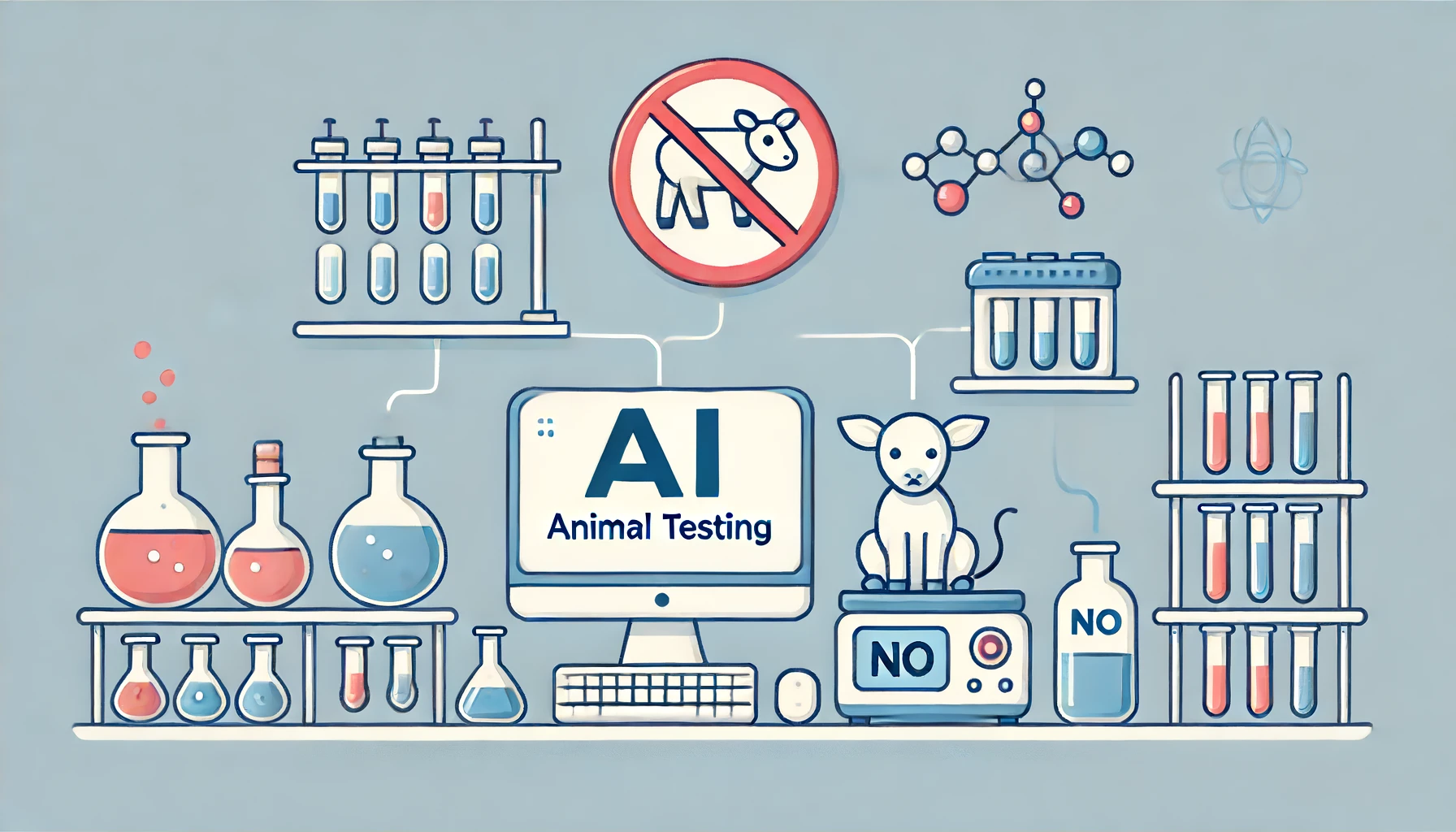From animal lovers to laboratory technicians, no one enjoys subjecting animals to scientific testing. This practice ensures that drugs and other substances are safe for human use. Researchers have long sought alternatives to animal testing, and now, artificial intelligence (AI) systems are accelerating this effort.
Leveraging AI to Minimize Animal Testing
One promising application of AI in this field is sifting through existing global animal testing results, potentially preventing unnecessary new tests. Joseph Manuppello, a senior research analyst at the Physicians Committee of Responsible Medicine, explains that AI models like ChatGPT can extract and synthesize vast amounts of data, making it easier for scientists to find relevant information.
Thomas Hartung, a toxicology professor at Johns Hopkins University and director of the Center for Alternatives to Animal Testing, states, “AI is as good as a human, or better, at extracting information from scientific papers.” He highlights that AI is already proving helpful in assessing the toxicity of new chemicals, a primary reason for current animal testing.
AI in Toxicity Testing and Drug Development
Trained AI systems can now perform preliminary toxicity assessments of new chemicals, providing early warnings of potential issues. While software systems have long been used in toxicology, AI represents a significant leap forward in both power and accuracy, according to Prof. Hartung. AI is also being used in the initial stages of drug creation, offering new opportunities for innovation.
Despite its potential, AI has its challenges. Data bias is a notable issue, where algorithms trained on data from a single ethnic group may not accurately represent other populations. Additionally, animal testing itself sometimes fails to predict human outcomes. For instance, the arthritis medicine Vioxx passed animal tests but was later withdrawn due to adverse effects in humans. Conversely, some drugs like aspirin, which is toxic to rat embryos, have become widely used despite failing animal tests.
Ongoing AI Projects and Future Challenges
Projects like AnimalGAN, developed by the US Food and Drug Administration, aim to predict how animals react to chemicals, potentially replacing animal testing. Similarly, the Virtual Second Species project is creating an AI-powered virtual dog using historical data from dog tests.
Cathy Vickers, head of innovation at the UK’s National Centre for the Replacement, Refinement, and Reduction of Animals in Research, notes that new medicines are typically tested on rats and dogs for potential toxicity before human trials. The major challenge for AI in testing is gaining regulatory approval, which Dr. Vickers acknowledges will take time.
Emma Grange, director of science and regulatory affairs at Cruelty-Free International, argues for the phase-out of animal testing, suggesting that AI could play a role in this transition. However, Kerstin Kleinschmidt-Dorr, chief veterinary officer at German pharmaceutical company Merck, cautions that animal testing cannot disappear overnight. While necessary for many current applications, she believes in a future with better animal testing-free solutions.
Conclusion
AI has the potential to significantly reduce the need for animal testing by providing accurate, efficient alternatives. While challenges remain, particularly regarding regulatory acceptance and data bias, AI advancements offer a promising path toward more ethical and effective scientific testing methods.



